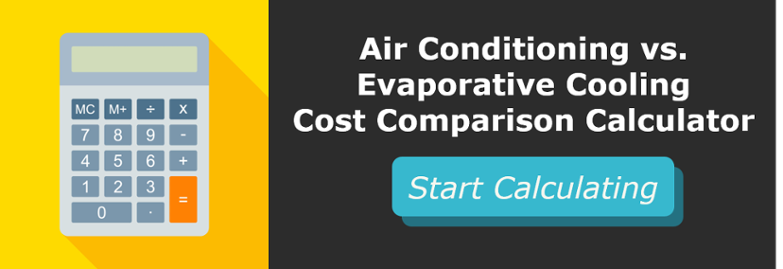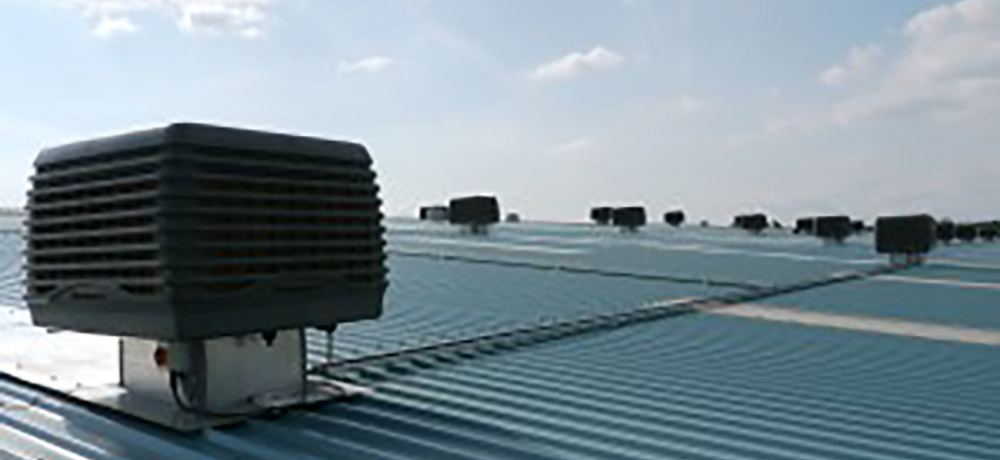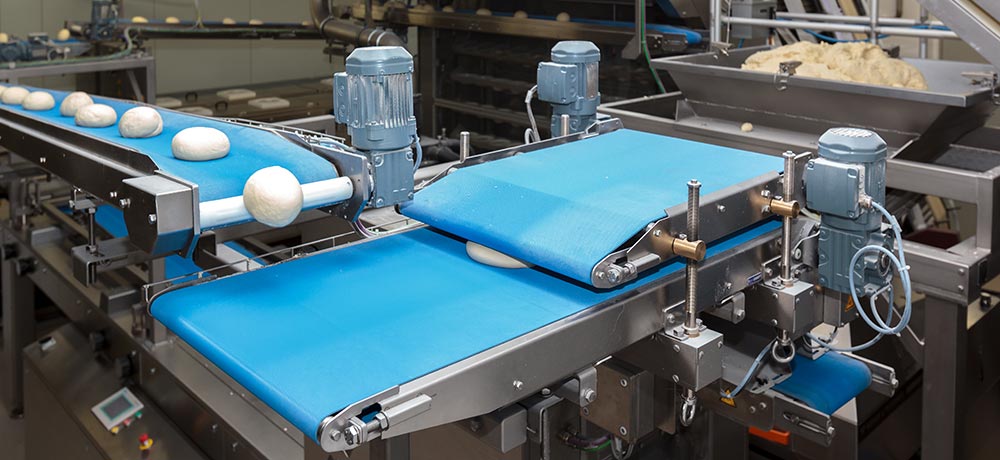Contrary to common belief, the UK actually offers the perfect climate conditions for the use of evaporative cooling – which has now become one of the most rapidly expanding sectors within the commercial and industrial air cooling market in the country.
This rapid growth is driven by an increased demand for cost-effective cooling solutions that are also more environmentally friendly - and, while this makes a lot of sense for countries with a hot, dry climate such as the west coast of America, Saudi Arabia and Australia, there is a common misconception that the technique is not as suitable for use in the UK due to the country’s high level of humidity.
In reality, there are plenty of opportunities to utilise evaporative cooling in the UK, as long as we accept the fact that sometimes its use may be restricted - and there are two main scenarios when the technique would be the go-to option:
- To integrate and offset mechanical cooling in high-temperature thermal load buildings when weather conditions permit
- To provide a low-cost comfort cooling option for non-air conditioned buildings for those summer days that don’t justify the installation of a mechanical cooling system
In this blog, we negate common concerns about the use of evaporative coolers in Great Britain and put forward the case of why they should be your preferred choice if you own or manage food or drink manufacturing facilities.
Isn’t the UK too humid for evaporative cooling?
Put simply the answer is, no, the UK doesn’t have a climate that is too humid for evaporative cooling to work efficiently - and, actually, 99% of the year, Great Britain presents climate conditions that are perfect for evaporative cooling.
With the pressures of greenhouse gases regulations increasing and rapid climate change growth, the need for long-term sustainable solutions is now more prominent than ever.
The use of evaporative cooling in factories and production facilities can deliver efficient, low-cost solutions that will enable you to bring comfort to your employees and reduce your carbon footprint, as well as minimise your investments in expensive air conditioning systems, which may become outdated far sooner than the end of their lifespan.
Simply choosing to go for a traditional air conditioning system without considering all your options could have a number of implications for you:
- You’ll be taking the risk of investing a large amount of money into a system that relies on gases that may be banned a few years down the line, meaning that you would need to have the system modified or completely replaced
- The prices of gases such as R410a have recently gone through the roof due to tighter regulations aiming to gradually phase out their use - and for the last 8 months have shown an increase from £7 per kilogram to roughly £20 per kilogram
- Not only your initial outlay for traditional cooling is far higher than that of evaporative cooling, but you’ll be looking at paying up to 90% more in electricity costs than if you were to implement, even partially, evaporative cooling technology on your premises
Evaporative cooling can produce air consistently below 22℃ in the UK climate, consuming only a fraction of the electricity that traditional air conditioning mediums would require. In fact, evaporative coolers can actually consume less than 10% electricity compared to the equivalent-rated refrigeration-based cooling systems. In the UK humidity is relatively low when the temperature is high, therefore, a drop of over 10℃ - 12℃ can be achieved during peak times.
When the external temperature is below the set-point of the unit, an evaporative cooling system will operate as a mechanical ventilation system, supplying large fresh air volumes into the building replenishing stale air at a high rate.
Evaporative cooling has many advantages. It uses less energy, it’s cheap and simple to install and maintain, and there’s no use of refrigerant gases for the cooling process, which also works as an air filter - a crucial factor for food manufacturing environments.
Why is evaporative cooling suitable for food and beverage manufacturing facilities?
One of the biggest challenges that the food and beverage industry faces, which often tends to be ignored, is achieving good air quality in its facilities. There are two important aspects when it comes to indoor air quality - air pollution and human comfort.
Air pollution of facilities poses the same risks to human health as outdoor pollution. Food production plants are probably one of the industry sectors that are at highest risk, as cooking stations and production machines can generate pollutants that are potentially damaging to the lungs and cardiovascular system. Pollutants are created alongside germs and fumes, which can exacerbate indoor air pollution and jeopardise the sterility of the food production process if you use a traditional air unit that re-circulated old stagnant air.
Working conditions in food manufacturing facilities, especially during the summer, can be extremely challenging due to high temperatures. A NASA study shows that human productivity falls 3.6% for every degree above 22℃ and 4.7% over 30℃. Other studies carried out by the British Industrial Fatigue Board show a lower production output during summer months when the temperature is higher, as well as a much higher likelihood of accidents when the air temperature is above 20℃.
Evaporative coolers, therefore, are the perfect solution to tackle the challenges mentioned above. This is not only because they operate best during those months of the year that food manufacturing facilities need cooling the most, but also because of their air filtering capabilities which can provide air filtration and constant flow of fresh, high-quality air.
Evaporative coolers draw air from the outside environment, therefore delivering 100% fresh air into the facility, and are fitted with a UV water filtration system that cleanses the incoming air, removing most airborne dust and pollen particles, as well as protecting against the growth of algae and other water bacteria. The wet cooling pads trap the particles, which are washed down into the sump by the circulating water.
When working with an experienced and knowledgeable evaporative cooling supplier, they will be able to set in place measures for the monitoring and control of the humidity levels of your facility as well, which will further increase the level of comfort within your facility - and help control static electricity and other humidity-sensitive processes.
Who is using evaporative cooling at the moment?
Examples of some of the clients we’ve worked with towards implementing evaporative cooling solutions include Tesco and Amia Foods.
Amia Foods were looking for a cooling option that provided a gentle breeze in order to ensure that no powdered raw materials were scattered during the packaging process. With heat generated from the machines causing temperature to raise over 28℃, the company was looking for an energy-efficient solution that wouldn’t introduce any contaminants in their environment. Evaporative cooling met all of Amia Foods’ requirements and proved to be the perfect solution for their exact needs.
Does evaporative cooling sound like something you might be interested in trying? Why not find out how much energy you could save with the technique on your site through our easy and quick-to-use Evaporative Cooling Calculator.








Comment on my blog